Little-known food ingredient takes center stage in precedent-setting vote
Public Comments due Monday, November 3rd
Take a look at the bar of organic chocolate in your desk drawer or the carton of organic ice cream in your freezer, and you’ll likely see a little-known but very common food ingredient: lecithin.
Unless the ingredients list specifically states “organic soy lecithin,” the lecithin was processed from hexane-extracted soybeans that were undoubtedly sprayed with pesticides in the fields, and possibly genetically engineered – in organic food???
Currently, food manufacturers can legally add conventional soy lecithin to organic foods.
To be labeled “ORGANIC,” and to carry the USDA organic seal, food has to be made up of 95% organic ingredients. The only non-organic ingredients are ones that are unavailable organically and cannot make up more than 5% of the product.
When the organic standards were developed in 1995, organic soy lecithin was not commercially available. To encourage the growth of the budding organic industry, the organic standards included a list of conventional substances/ingredients that were not available organically, and could be added to organic foods. Organic soy lecithin was not available, so lecithin made it on the list. But times have changed.
Over the years, one pioneering organic company has not only developed a truly organic soy lecithin, but has invested in the ability to supply the organic version to every food manufacturer that needs it. Organic soy lecithin is not extracted with the use of hexane, a neurotoxic and polluting solvent prohibited in organic production. And the organic version always comes from organically grown, non-GMO soybeans (genetically engineered ingredients are also banned in organics).
Now that organic lecithin is commercially available, the National Organic Standards Board (NOSB), the expert citizen panel that Congress set up to decide these issues, needs to determine whether to recommend removing lecithin from this list of conventional substances that are allowed in organic foods. This is the first time in organic regulatory history that the NOSB will vote on a petition to remove a food ingredient from the National List.
The Cornucopia Institute urges members of the organic community to tell the NOSB members that you support the removal of lecithin from 205.605 and 205.606. If lecithin remains on the list, food manufacturers have no incentive to opt for the truly organic lecithin, and many will continue to put hexane-extracted, conventional lecithin in your organic foods – it’s cheaper.
There is more at stake than simply the type of lecithin you can expect to find in your organic foods in the future. The regulations need to adapt, by removing lecithin from the list of allowed conventional substances. If the regulations do not change when companies innovate and develop new organic ingredients, why should anyone bother investing in the expensive research and development that gives rise to the availability of new organic ingredients?
We need to send a strong message to the NOSB members and the USDA that we stakeholders in the organic industry expect the regulations to change with the times. And change should be in the interest of organic consumers and innovative organic companies.
Submit your comment to the National Organic Standards Board members.
Comments may be submitted via the internet at www.regulations.gov until November 3, 2008.
- To submit a comment, go to www.regulations.gov. In the middle of the screen, you will see “Search Documents.” Type in “AMS-08-0083” and click “Go.”
- Next, you will see “Narrow Search” on the left side of the screen. Click on “Notices” under “Document Type.”
- You may now click on “Send a Comment or Submission” underneath the search result.
Sample message:
- Dear NOSB Members,
As a consumer/farmer/processor/retailer (choose one or more), I want the highest percentage possible of organic ingredients in my organic foods.
When a substance becomes available in organic form, I support a change in the standards which requires manufacturers to use only the organic version. Specifically, I understand that organic soy lecithin has become available, which is why I urge the Board to recommend to the USDA that they remove non-organic soy lecithin from the National List (7 CFR 205.605 and 7 CFR 205.606) of approved non-organic materials.
As an organic stakeholder, I wish to avoid genetically engineered and hexane-extracted ingredients whenever possible. Conventional soy lecithin is always hexane-extracted, and could be produced from genetically engineered soybeans. Since organic soy lecithin is never hexane-extracted and sourced from organically grown, non-GMO soybeans, I strongly urge the Board to vote for removing conventional soy lecithin from the National List.
Second, companies that invest time and money in the development of an organic version of a commonly used food ingredient should be rewarded for their efforts in the marketplace. If the rules do not change and continue to allow food manufacturers to purchase the non-organic version, why should anyone ever make the investment in the research and development of organic food ingredients in the future?
Voting to remove lecithin from the National List will ensure that processed organic foods contain organic soy lecithin. Just as importantly, it will send a strong message to organic companies that their efforts at developing organic versions of common food ingredients will not be in vain.

